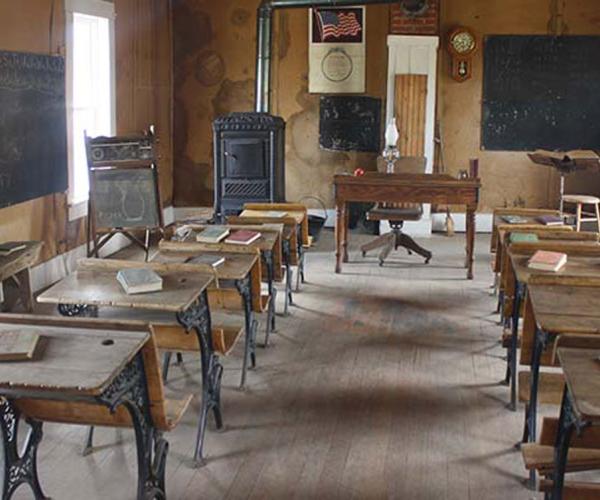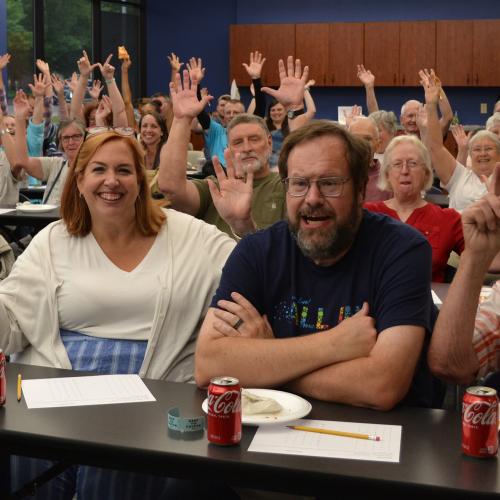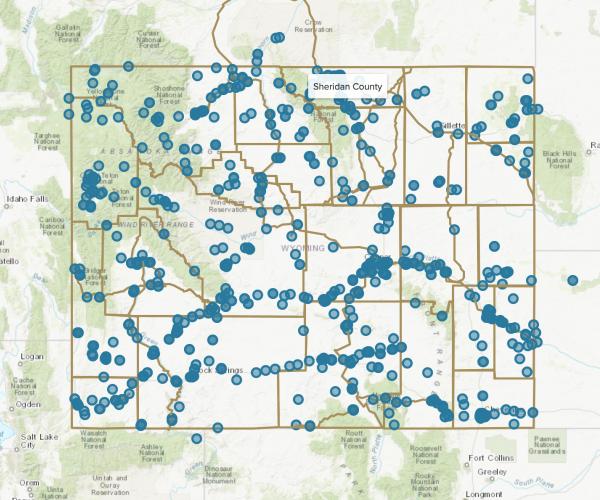The WyoHistory.org monthly newsletter includes updates of new articles on the website, info on history-related events, news about our contributors, etc. Add your name to the list to stay informed about all things history in Wyoming.
The Latest from Our Blog
Celebrate Civic Season with Six Events in Cheyenne and Laramie This Summer
A summertime celebration of who we are as a nation, how we got here, and where we want to go next.
Keep Reading
Education
Explore WyoHistory.org’s education packages, designed for classroom use.
Subscribe to the WyoHistory.org Newsletter
Like Us on Facebook
Join the discussion about Wyoming history and receive updates when new articles are posted to the website.
Support WyoHistory.org
We need your support to update the website with new articles and keep our archive of Wyoming history growing.


